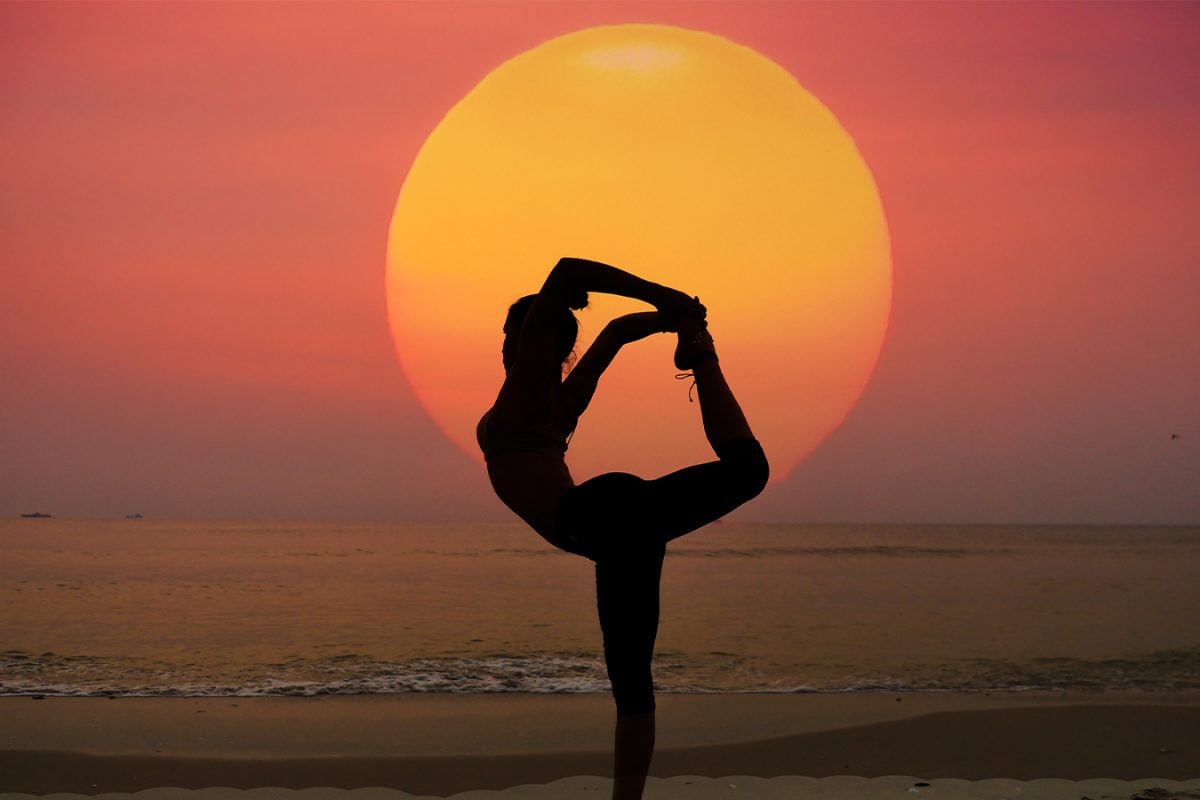Understanding Back Pain
Back pain is a widespread ailment, affecting a significant portion of the population, and understanding its root causes is a crucial first step toward
finding effective solutions. It can stem from various factors, including poor posture, muscle strains, injuries, or underlying conditions like arthritis. Prolonged sitting, heavy lifting, and repetitive movements can also trigger back pain, impacting both the lumbar and cervical regions of the spine. To successfully address this persistent issue, a holistic approach is required. This necessitates identifying the origin of discomfort and implementing methods to alleviate it. Yoga provides a potent approach, focusing on spinal alignment, muscle strengthening, and enhancing flexibility. By understanding the complex causes, individuals are better equipped to make informed choices and select the most appropriate strategies for their individual needs.
The Cat-Cow Pose
The Cat-Cow pose is a foundational yoga asana, and is great for gently mobilizing the spine. Beginning on your hands and knees, with wrists under your shoulders and knees aligned beneath your hips, this exercise is initiated. As you inhale, drop your belly toward the floor, arching your back and lifting your chest and head, akin to a cow. The shoulders are drawn away from the ears, opening the chest. Then, as you exhale, round your spine, tucking your chin towards your chest and engaging your core, resembling a cat. Transition between the cat and cow poses fluidly with each breath, coordinating movement with breath. This practice helps in stimulating the spinal fluid, reducing stiffness, and increasing flexibility. The dynamic nature of the Cat-Cow pose encourages gentle stretching and enhances spinal health, contributing to the management of back discomfort.
Downward-Facing Dog
Downward-Facing Dog is a pose offering a comprehensive stretch from head to toe, and is immensely beneficial for back pain sufferers. Starting on your hands and knees, tuck your toes, and lift your hips up and back, forming an inverted V-shape. Your hands should be shoulder-width apart, and your feet hip-width apart. Lengthen your spine, and push through your hands, while gently drawing your shoulder blades down your back. Keep your neck relaxed, and allow your head to hang freely. The Downward-Facing Dog elongates the spine, stretches the hamstrings, and strengthens the upper body. This posture decompresses the vertebrae, promoting blood circulation and reducing pain. Holding the pose for several breaths, and concentrating on the stretch, can lead to a significant reduction in back strain and improved spinal flexibility. This yoga asana is particularly helpful for those who spend extended periods sitting.
Cobra Pose for Health
The Cobra pose is an excellent yoga posture for strengthening back muscles and relieving back pain. To begin, lie face down on the floor with your legs extended, and your hands placed under your shoulders, elbows close to your body. As you inhale, slowly lift your chest off the floor, using your back muscles to create the arch. Keep your shoulders relaxed and away from your ears, and look forward. Ensure you maintain a comfortable position, and avoid straining your back. Cobra pose stretches the spine and opens the chest, improving posture. It helps strengthen the spinal muscles, supporting proper spinal alignment and easing back pain. Regular practice of this pose can result in improved flexibility and reduced discomfort. By activating the muscles supporting the spine, this exercise becomes a valuable component in a broader strategy to manage back pain.
Child's Pose Benefits
Child's Pose is a restorative and relaxing yoga asana that helps in calming the mind and easing back pain. Start by kneeling on the floor, then bring your big toes together and separate your knees wide. Exhale, and lower your torso between your thighs, resting your forehead on the floor. Extend your arms forward or rest them by your sides, whichever is more comfortable. The pose allows for a gentle stretch of the spine and the surrounding muscles. It releases tension and promotes relaxation, making it ideal for individuals experiencing back discomfort. Child's Pose can be held for several breaths, allowing the body to unwind and the back muscles to relax. This helps alleviate stress and reduce the likelihood of pain. This pose is best used when you need to recharge, and find calmness.
Additional Pointers
While yoga offers numerous benefits for back pain relief, integrating some lifestyle adjustments can enhance its effectiveness. Maintaining proper posture throughout the day, whether sitting, standing, or walking, is important. Avoid slouching, and ensure your spine is aligned. Regular physical activity, like walking or swimming, can help strengthen your core muscles. A balanced diet rich in anti-inflammatory foods can also reduce pain. Consult a healthcare professional or a qualified yoga instructor before starting any new exercise program. They can guide you on the right poses and techniques. When practicing yoga, listen to your body. Don't push yourself beyond your limits, and always modify poses as needed. Consistency in practicing these yogasanas and adopting healthy lifestyle habits can lead to significant relief from back pain and improved overall health.



